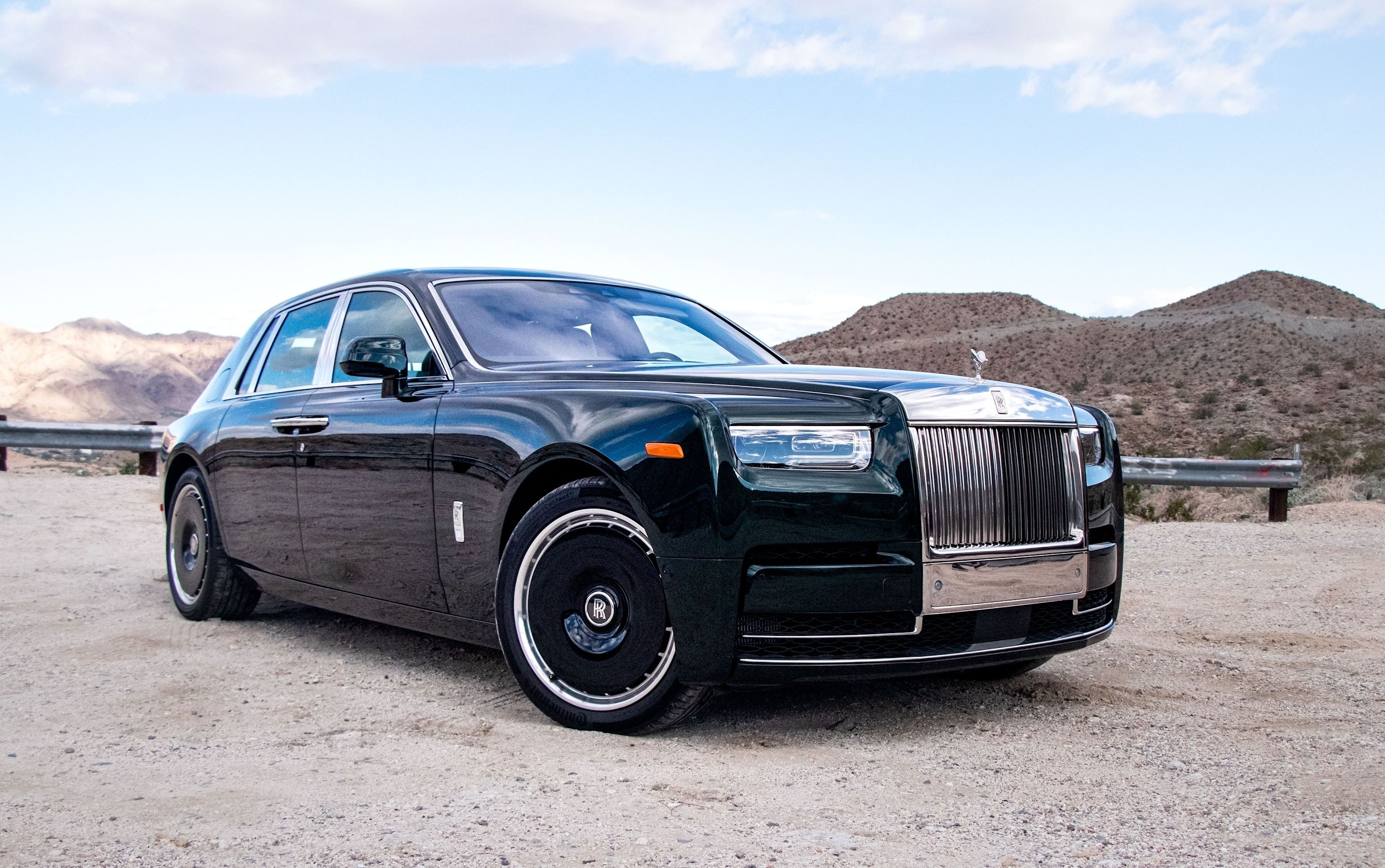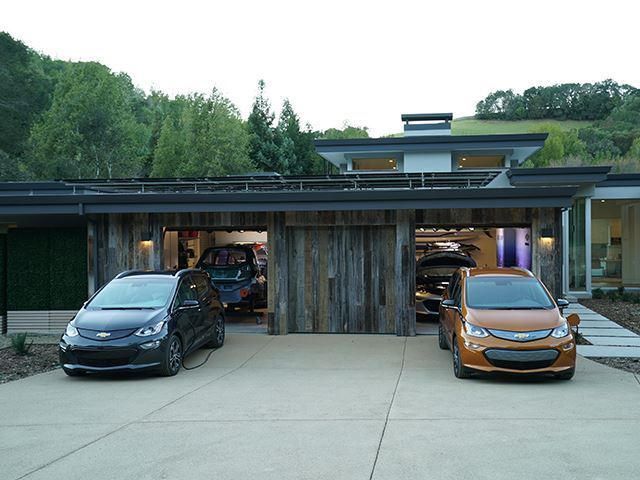
Recently we had the opportunity to test drive the all-new Chevrolet Bolt, an electric car with a promised range of 238 miles and a price tag under $30,000 (when you factor in a $7,500 government tax credit). During the test drive event we had the chance to talk with Todd Bruder, lead development engineer for electrified vehicles at Chevrolet. During our chat the topic of the Bolt's range came up, specifically with regard to how weather affects the performance of its 60 kWh battery pack.
"It's going to get worse as it keeps getting colder," Bruder said when asked how the battery will do once temperatures dip to 30 degrees or lower. "The pack itself becomes less efficient and it loses range. You're pushing through denser air, running your HVAC more. If you really wanted to work this thing down into the 140-150 range in cold weather you could do it," Chevy's lead EV engineer informed us. At its worst the Bolt's battery could be 100 miles under the stated EPA range. Of course the temperature alone doesn't kill the battery. Efficient driving and a heater that isn't cranked up will help preserve range, with Bruder reassuring Bolt owners in colder climates that "you could probably get it to where it's around 180 in cold weather."
In cold weather any EV's battery will suffer, whether said battery sits in a Tesla or Chevrolet. However, the opposite is also true: Optimal weather conditions can help increase a battery's range. "The best time of year, in Michigan at least, is fall or spring. You're not using your HVAC, or A/C and the battery is right where it wants to be temperature-wise. I've seen numbers at 280 [miles of range] that are real," Bruder said. But did that number come from gamesmanship of some sort, say from driving straight downhill? Apparently not, although "driving efficiently" and "not doing a lot of highway driving" factor into the equation. You can't stumble into over 238 miles of range but if you're attentive and the weather is right it doesn't sound impossible.
The Bolt is on sale now in Oregon and California, with the end goal being a full 50-state roll out by summer. By this time next year we should have an idea of just what the Bolt can do (in great weather conditions) and what it can't do (when things get cold).

